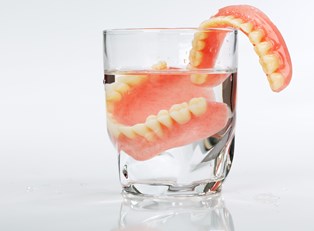Gingivitis and periodontitis are two of the most common oral problems facing people today. While they are distinct from one another in the strictest sense, these two diseases are actually much more related than you might realize. Here is a look at exactly what these two share in common, including their origins, symptoms, and treatments.
Similarities
Both gingivitis and periodontitis fall under the umbrella term of “gum disease,” and in reality, the primary difference between the two is the severity of a person’s symptoms. Both conditions are caused by an accumulation of plaque on teeth near the gum line. Plaque is comprised of harmful bacteria that become attached to the teeth, thanks to saliva, which acts as a natural adhesive for them. As plaque begins to accumulate, the bacteria starts to attack the gum line, leading to the symptoms associated with the disease. Additionally, gingivitis and periodontits are both exacerbated by similar risk factors—including smoking, poor dental hygiene, drug use, diseases such as HIV, and certain prescription medications.
Symptoms
The first signs of gingivitis are typically very mild and may go unnoticed; these include slight swelling or redness in the gums and some bleeding while flossing or brushing. As the disease progresses into full-blown periodontitis, symptoms become much more severe. They can include gum recession, bad breath, loose teeth, and ultimately, tooth loss.
Treatments
When gum disease is still in the gingivitis stage, treatment is quite easy—normally, proper oral hygiene will do the trick. This includes brushing twice daily, flossing once a day, and using an antibacterial mouthwash. Additionally, regular dental checkups are a must to ensure that the condition is improving.
Treating periodontitis, however, is a much more complicated process. While oral hygiene can help prevent any further damage to teeth, it’s not enough to actually reverse the effects of this severe gum disease. Instead, some form of oral surgery will probably be necessary. One common procedure is tooth scaling, which smoothes out rough spots on a tooth, making it more difficult for bacteria to accumulate. Another is flap surgery, which involves removing plaque pockets around the teeth and stitching up the gums so that they stay attached to the teeth.



